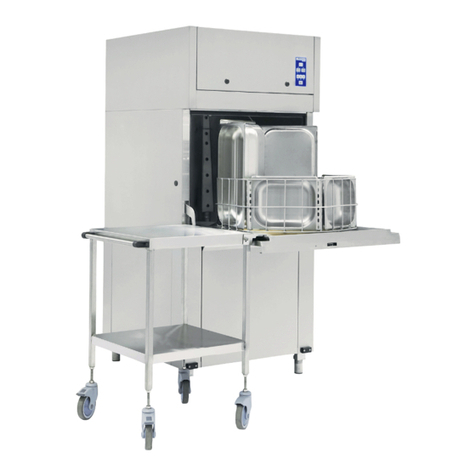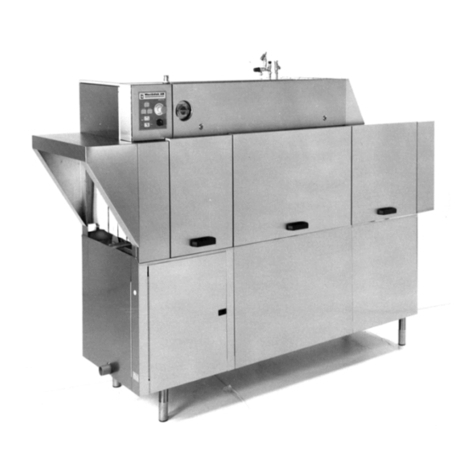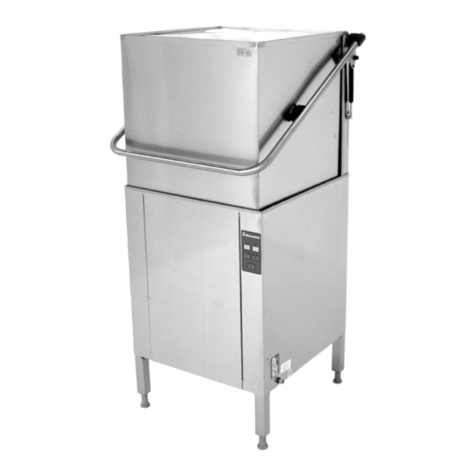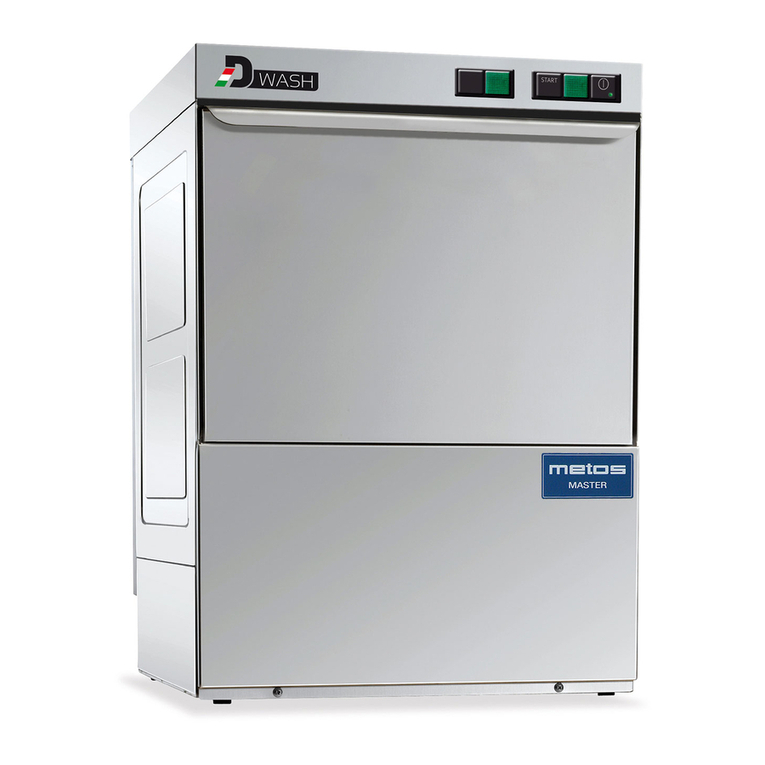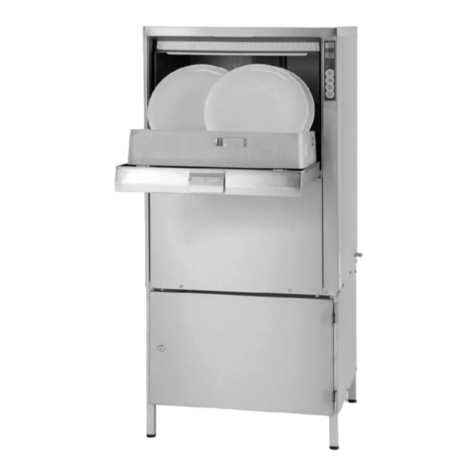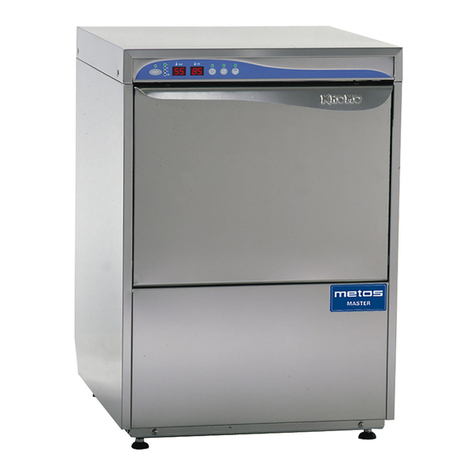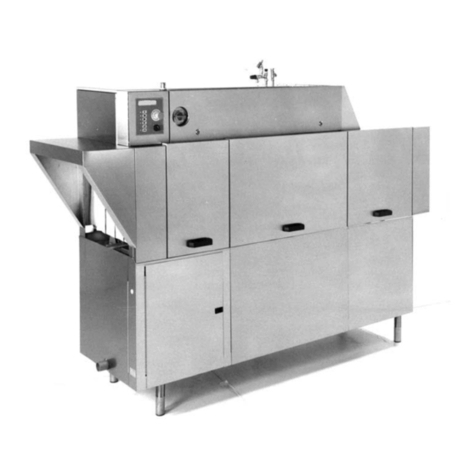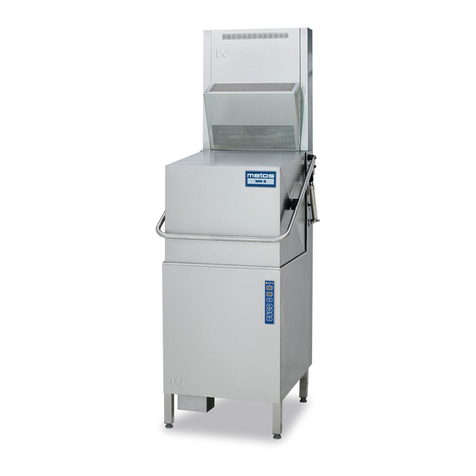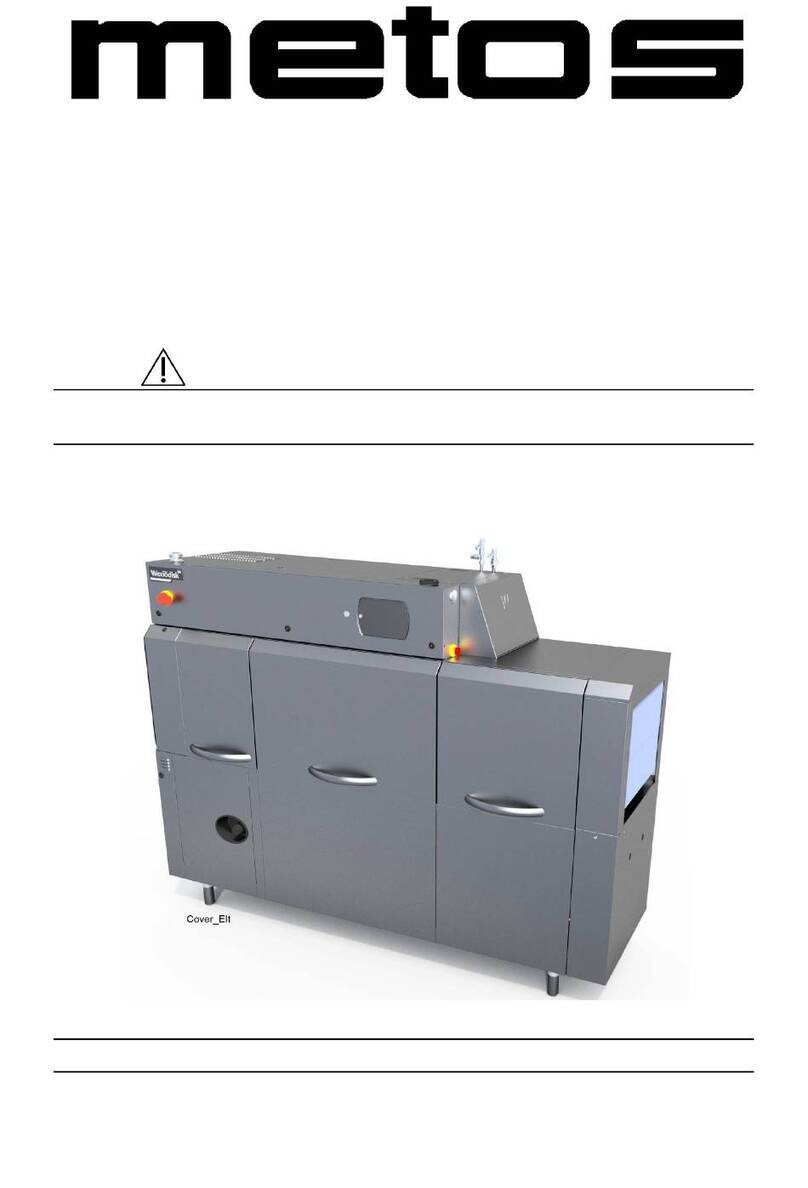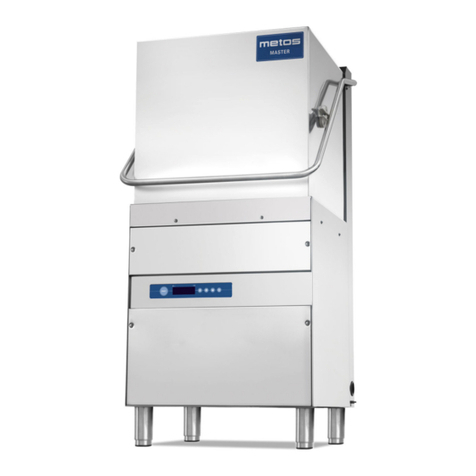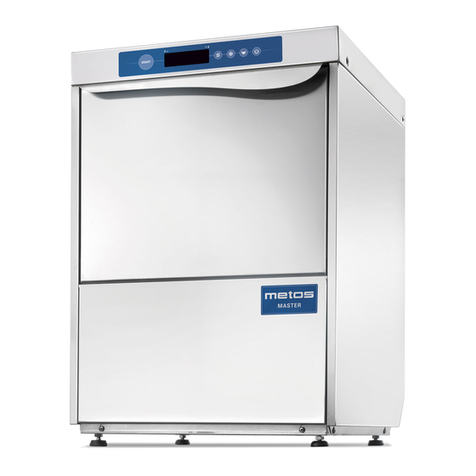
Vi ringraziamo per aver acquistato un nostro apparecchio.
Le istruzioni per l’installazione e la manutenzione nonché il suo impiego, che troverete sulle pagine
che seguono, sono state preparate per assicurare una lunga vita e un perfetto funzionamento del
vostro apparecchio.
Seguite attentamente queste istruzioni.
Noi abbiamo ideato e costruito questo apparecchio secondo le ultime innovazioni tecnologiche. Voi
ora dovrete averne cura.
La vostra soddisfazione sarà la nostra migliore ricompensa.
Thank you for choosing our machine.
The instructions for installation, maintenance and use found on the following pages have been prepared to ensure a long life
and a perfect operation of your unit.
Please, do follow the instructions carefully.
We have designed and built this machine using the latest innovative technologies. Now you shall take good care of it.
Your full satisfaction is our greatest reward.
Nous vous remercions d’avoir choisi notre machine.
Les instructions pour l’installation, l’entretien et l’utilisation qui figure dans les pages suivantes ont été préparées pour assurer
une longue durée de vie et un fonctionnement parfait de votre appareil.
S’il vous plaît, veuillez suivre attentivement les instructions.
Nous avons conçu cette machine, en utilisant les dernières technologies innovantes. Vous devrez maintenant en prendre soin.
Votre satisfaction est notre plus grande récompense.
Wir danken Ihnen für den Kauf dieses Gerätes.
DieAnleitungen zu Installation, Wartung und Betrieb des Gerätes, die Sie auf den folgenden Seiten finden, wurden erstellt, um
Ihrem Gerät eine lange Lebensdauer und einen ordnungsgemäßen Betrieb zu gewähren.
Befolgen Sie diese Anweisungen aufmerksam.
Dieses Gerät wurde nach dem letzten Stand der Technik entwickelt und konstruiert. DieseAnleitung soll Ihnen dabei helfen, es
gebührend zu pflegen.
Ihre Zufriedenheit ist für uns die beste Entlohnung.
Gracias por haber adquirido uno de nuestros productos.
Las instrucciones para la instalación y mantenimiento, así como su uso, que se encuentran en las páginas que siguen, se han
preparado para asegurar una larga vida y un funcionamiento fiable de su unidad.
Sígalas atentamente.
La máquina ha sido proyectada y fabricada con las últimas innovaciones tecnológicas. Por favor, utilícela con cuidado.
Su satisfacción es nuestra mejor recompensa.
Благодарим Вас за выбор нашей продукции.
Инструкции по установке, использованию и обслуживанию, представленные в настоящем руководстве, были
подготовлены для того, чтобы обеспечить долгую и исправную службу Вашего оборудования.
Пожалуйста, точно следуйте приведённым в руководстве указаниям и рекомендациям.
Мы разработали и изготовили это оборудование в соответствии с самыми последними техническими достижениями.
Теперь его судьба зависит от Вас.
Лучшая награда для нас - Ваше удовольствие от работы с нашим оборудованием.
Obrigado por adquirir um dos nossos aparelhos.
As instruções de instalação, manutenção e utilização que encontrará nas páginas seguintes foram preparadas para garantir
uma longa duração e um perfeito funcionamento do seu aparelho.
Siga estas instruções escrupulosamente.
Idealizámos e construímos este aparelho segundo as últimas inovações tecnológicas. Agora, cabe-lhe a si cuidar dele.
A sua satisfação será a nossa melhor recompensa.
